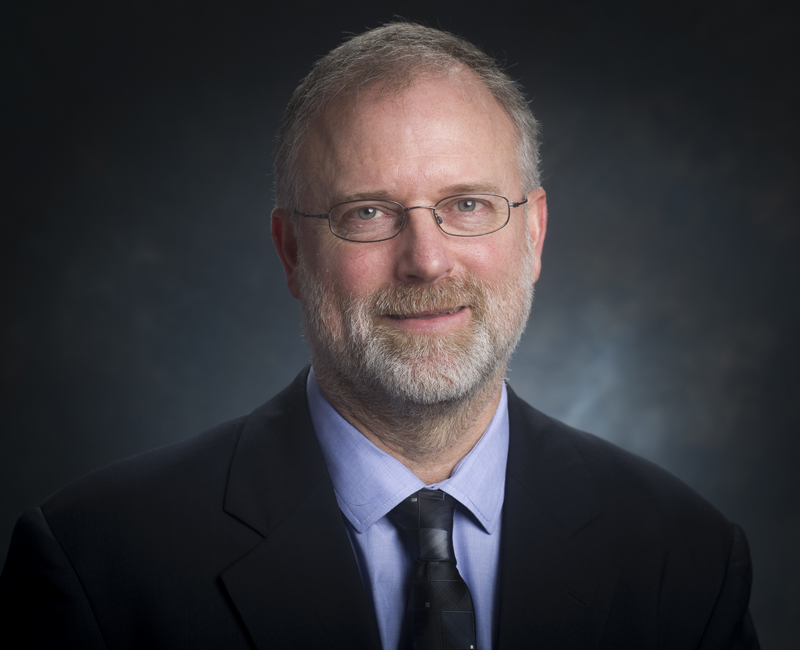A faculty member at the UAB School of Optometry brought the topic of precision medicine to the 2017 American Academy of Optometry meeting, held Oct. 11-14 at McCormick Place in Chicago.
The 2017 Monroe J. Hirsch Symposium, organized by Michael Twa, O.D., Ph.D., associate dean for research and graduate studies at the School of Optometry, was held Thursday, Oct. 12 at the meeting and entitled "Precision Medicine and the Future of Healthcare."
Twa gathered three experts to discuss precision medicine, which is an approach to disease treatment and prevention that takes into account an individual’s genetics and environmental risk factors. This differs from current health practices, where the strategies for treatment and management of disease is based on the average response of many patients. The National Institutes of Health launched its Precision Medicine Initiative in 2015 after it was allocated $130 million to build a national, large-scale research participant group aimed at providing more precise and personalized treatment strategies.
Bruce Korf, M.D., Ph.D., professor and chair of the UAB Department of Genetics, began the session by introducing key concepts in genetics and clinical practice.
Dara Richardson-Heron, M.D., who is chief engagement officer of the NIH’s All of Us Research Program, the Precision Medicine Initiative’s effort to gather data from more than 1 million people in the U.S. to better understand differences in lifestyle, environment and biology, spoke on the challenge of connecting advances in genetic sequencing with clinical practice.
Thomas May, Ph.D., a senior scientist at the HudsonAlpha Institute for Biotechnology in Huntsville, Alabama, concluded the symposium with an ethical discussion on precision medicine.
This approach to disease treatment and prevention could impact clinical care in optometry, says Twa. For instance, it could be used to identify genetic risks and environmental triggers of eye diseases like macular degeneration.
“If we could better understand how individuals could better protect and care for themselves to avoid triggers associated with worse disease outcomes, we could lessen the burden,” Twa says. “The more we know about ocular growth and development, the more likely we could monitor and intervene where factors associated with diseases and dysfunction like near sightedness are more prevalent. This could influence public health practices in powerful ways.”
The Monroe J. Hirsch Symposium is held each year to explore the connection between scientific discovery and clinical patient care and is organized by the Academy’s Research Committee, of which Twa is a member. Twa also serves as editor-in-chief of the scientific journal Optometry and Vision Science.
The annual Academy meeting includes nearly 300 hours of lectures and workshops, symposia and scientific lecture and poster presentations to nearly 8000 Academy members and attendees. It offers a wide variety of clinically relevant continuing education courses and cutting edge research in clinical care and vision science.
